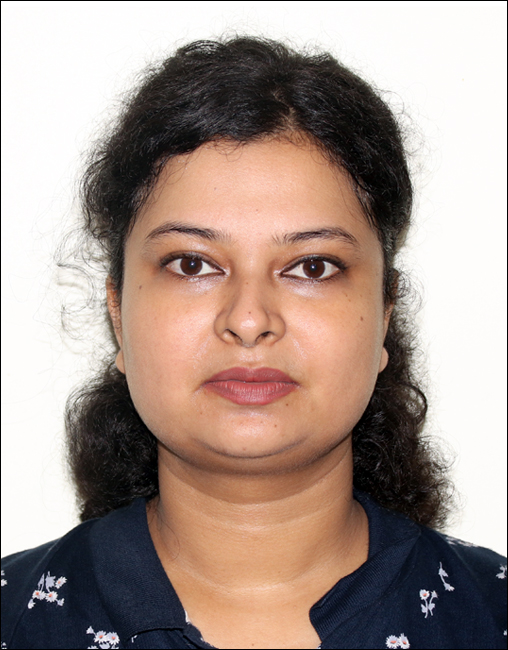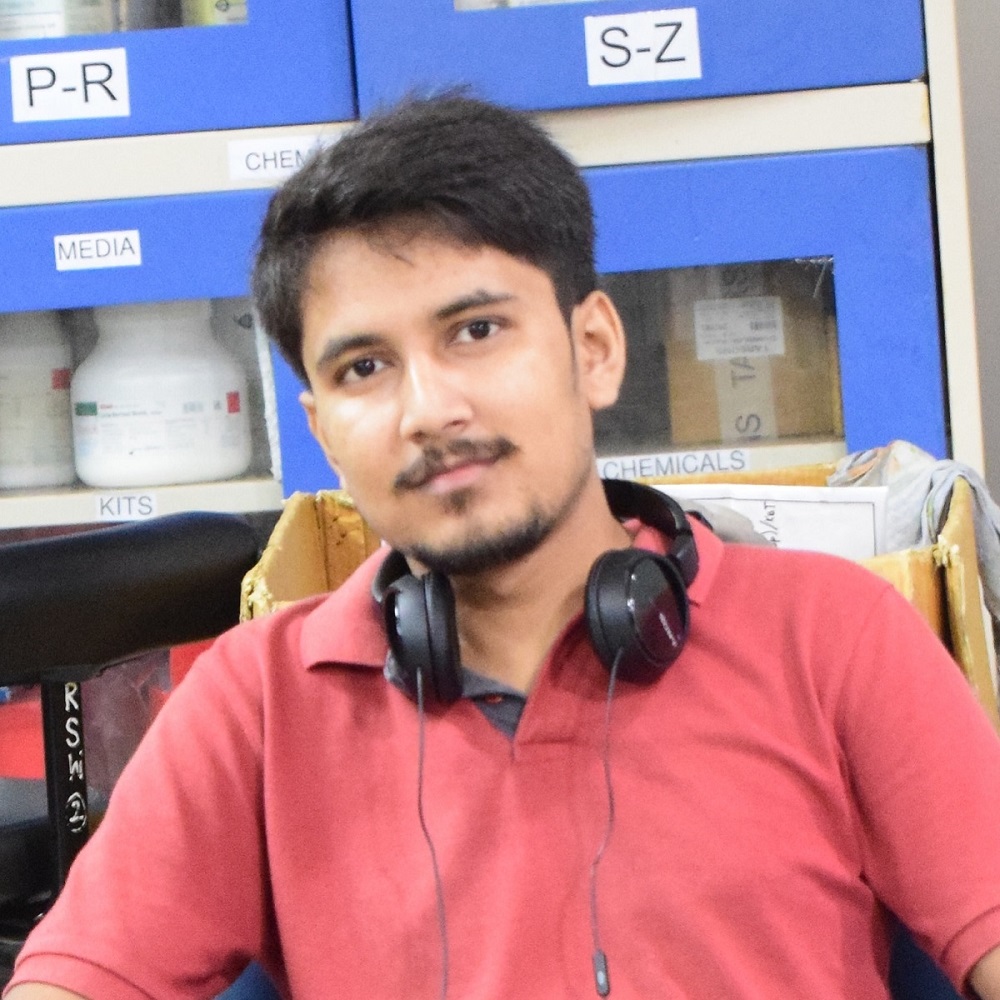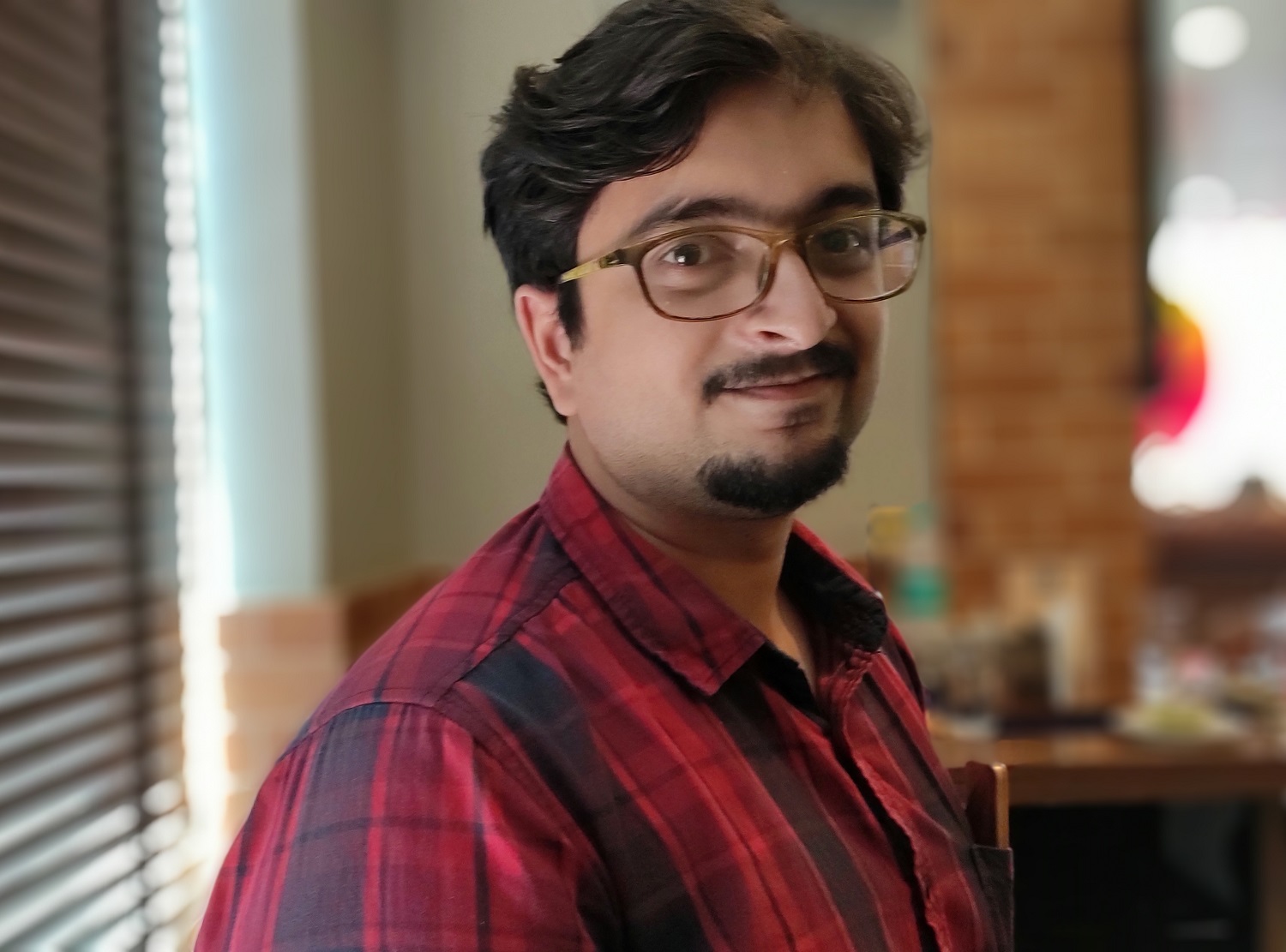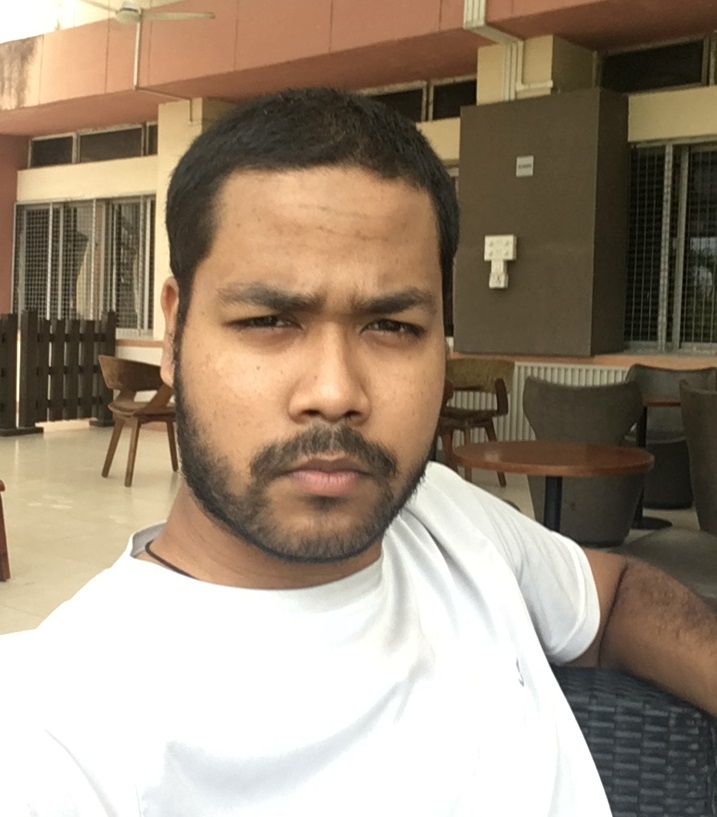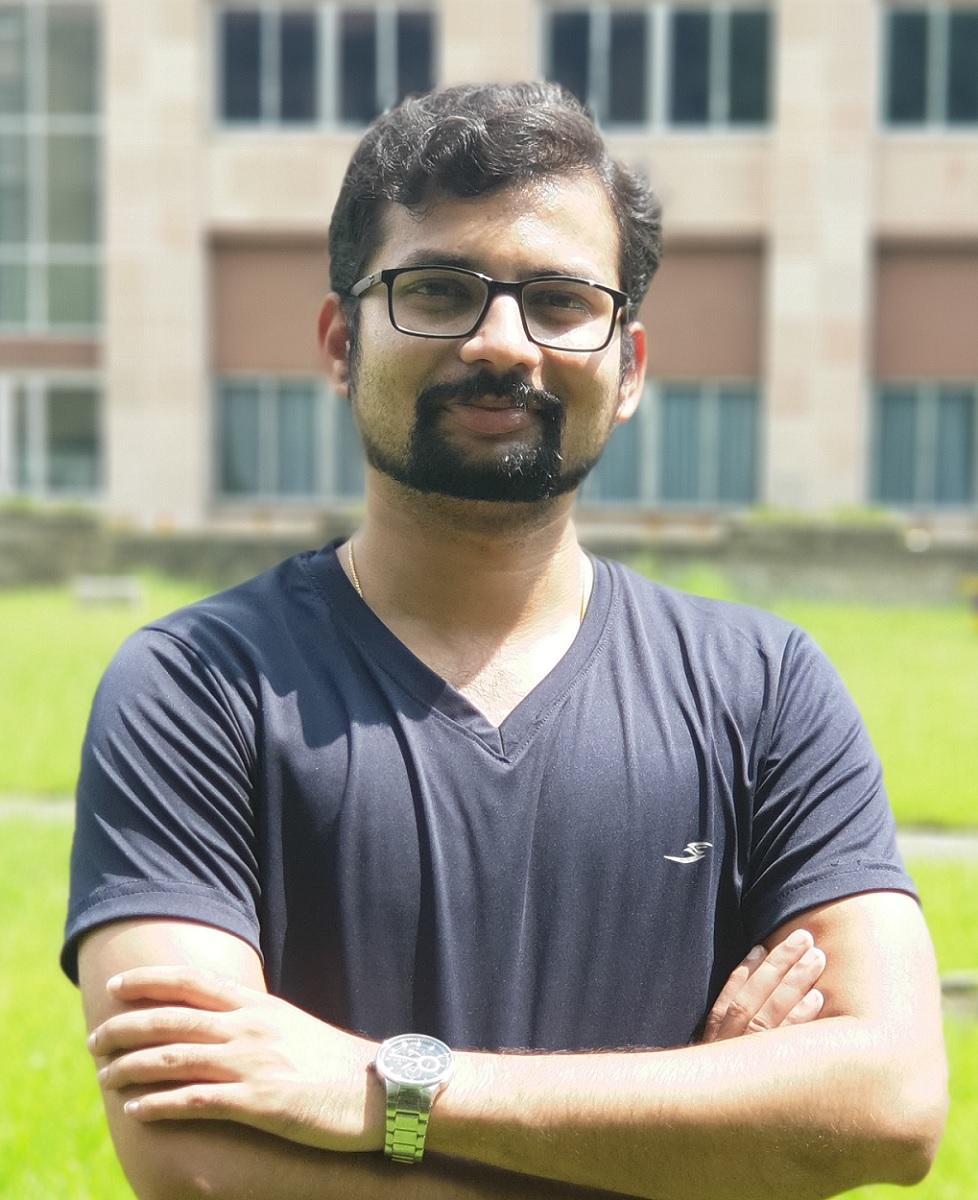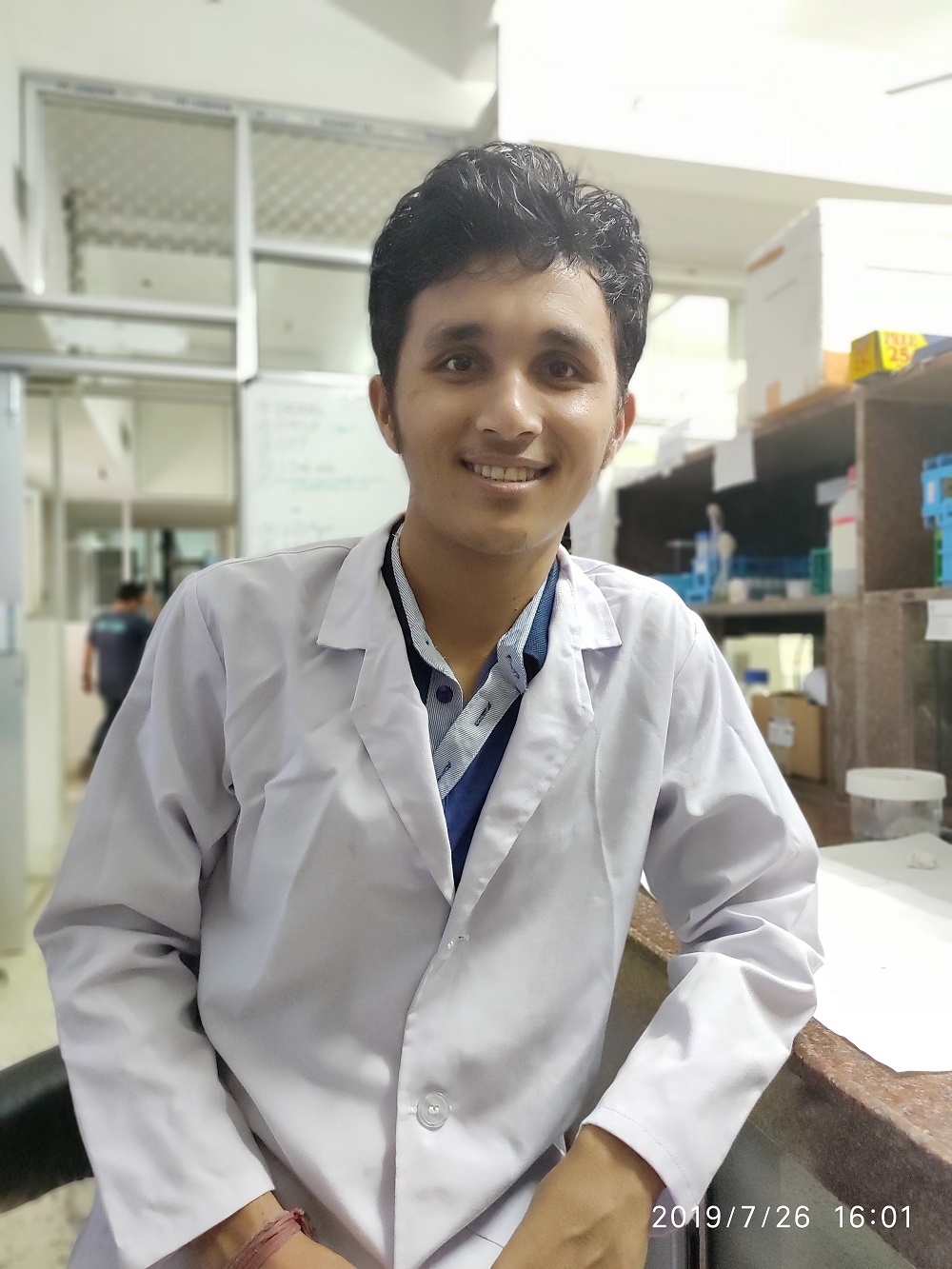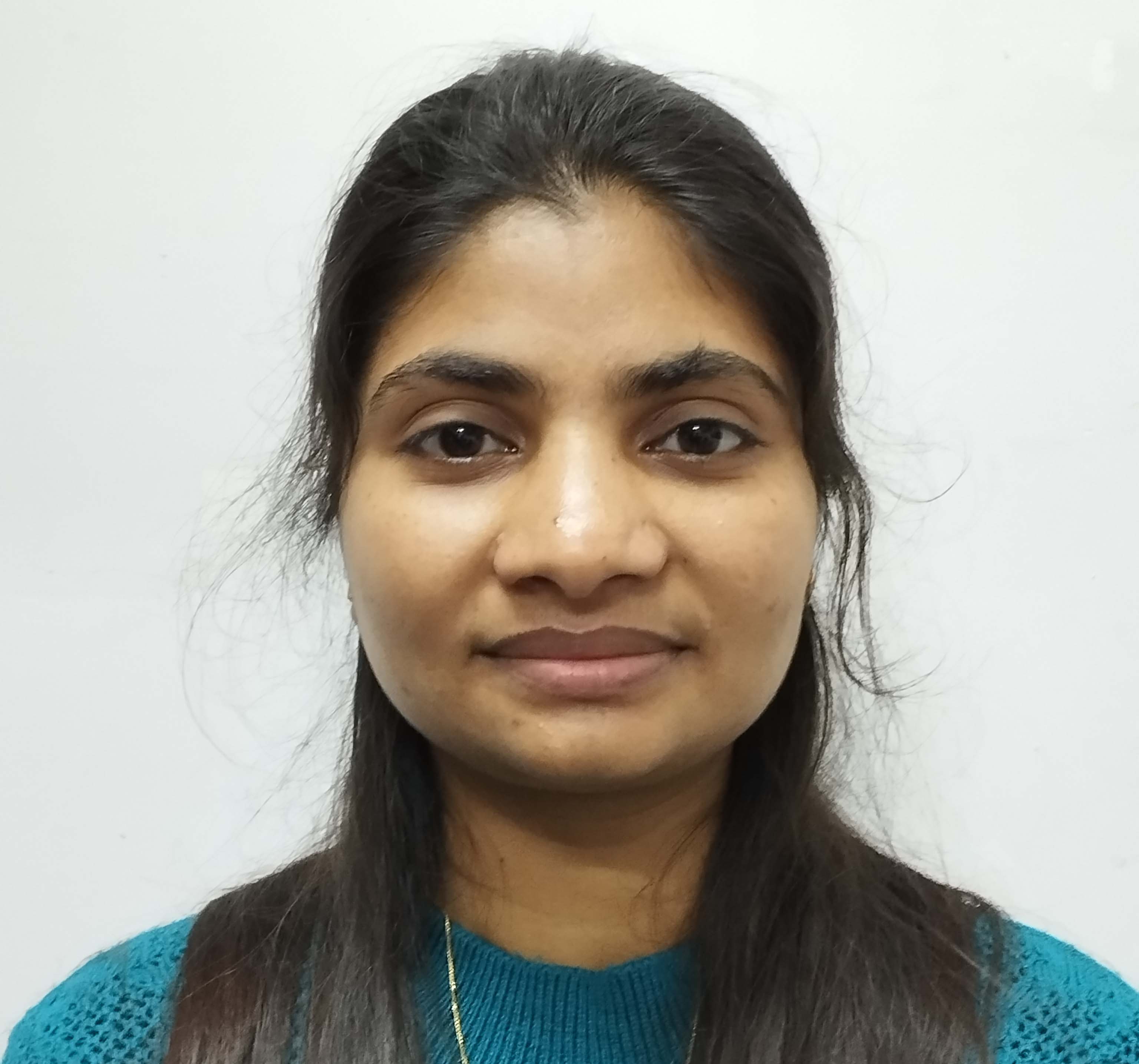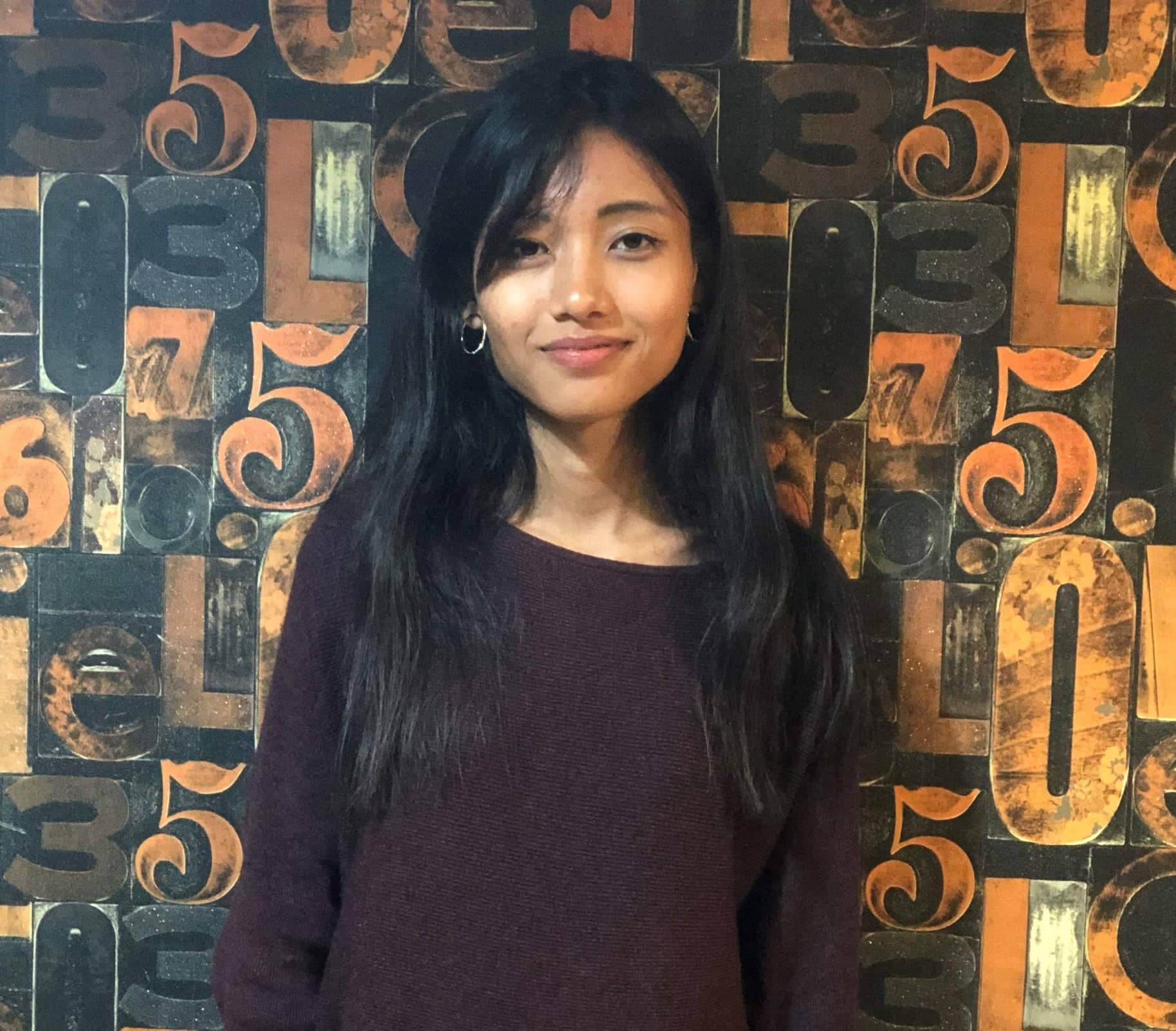The journey leading to discovery of Protein Charge Transfer Spectra
Traditional UV-Visible spectroscopy among proteins involves electron rich chromophores like aromatic groups located in side chain of Phenylalanine, Tyrosine or Tryptophan. Electronic absorption spectra that accompany light absorption always involve a local HOMO to LUMO transition in the same chromophore. Contrary to this paradigm, a serendipitous observation made from our lab in 2001 showed that non-aromatic side chain in amino acids like lysine.HCl can display weak absorption (near 270 nm) and luminescence (near 435 nm) spectra. Such spectra were observed more intensely in lysine-rich proteins that contained dense charge clusters. The origin of such unusual spectra in absence of aromatic groups remained unexplained for several years.
Collaborative work between my lab and Dr. Venkatramani’s lab at TIFR Mumbai started in 2014 showed that these unconventional spectra (referred later as Protein Charge Transfer Spectra) arose from photoinduced electron transfer from electron rich donors like glutamate anion or polypeptide backbone to electron deficient acceptors like lysine cation. Such spectra are unique because: a) they arise from non-aromatic groups in the protein b) they thrive on the collective presence of charges over a small volume of protein space (dense charge clusters) in contrast to a single localized chromophore in traditional UV-Vis spectra and c) they involve electronic transition between HOMO and LUMO that can be separated by several bonds or even 3D solvent space across the protein.
Protein Charge Transfer Spectra (ProCharTS) is now established as an innovative experimental approach to observe structural transitions in proteins. Monitoring changes in protein structure conventionally require expensive instrumental setups like CD spectrometer or fluorometer or NMR spectrometer. However, using ProCharTS we have shown that such transitions can be observed by measuring electronic absorption using a simple UV-Visible spectrophotometer. Here I briefly describe our journey leading to discovery of ProCharTS which began at IIT Guwahati.
Ever since 1963, it has been a widely accepted view that electronic absorption among naked proteins in the near ultraviolet region (250—350 nm) arises chiefly from aromatic chromophores in the side chains of Trp, Tyr and Phe. Proteins that lack aromatic amino acids, disulphide bonds, metal ions or coenzymes were expected to be optically silent beyond 250 nm. Thus, the simple observation of the electronic absorption of a protein was believed to be uninformative about changes in protein structure.
Work from our lab over the past twenty years has now shown that this acceptance is not true.
In 2001, we reported (http://dx.doi.org/10.1246/cl.2001.844) electronic absorption (~270 nm) and visible luminescence (~430 nm) in dense aqueous solutions of L-Lysine.HCl. Later, in 2004 (http://dx.doi.org/10.1246/bcsj.77.765) we showed the presence of significant electronic absorption spectra in dilute aqueous solutions of Lysine rich proteins like human serum albumin and calf thymus histone beyond 320 nm that was sensitive to protein oligomerization.
The scientific community was skeptical of this discovery because the chromophore behind this light absorption was not obvious. We searched for a model protein for our work that was rich in Lys residues but lacks aromatic residues. With efforts of Mr. Shubham Singh, a summer intern in our lab, we found such a protein alpha3C. In 2014, we entered into a collaboration with Dr. Ravi Venkatramani at TIFR Mumbai to obtain a theoretical rationale for the observed spectra in Lysine rich proteins like alpha3C.
Further work during 2014—17, involving Ms. Saumya Prasad and myself from our lab in IIT Guwahati along with Ms. Imon Mandal and Dr. Ravi Venkatramani at TIFR Mumbai, employing the alpha3C protein revealed the origin of these spectra. In 2017, we proposed that proteins rich in charged amino acids like Lys or Glu can undergo photoinduced electron transfer from donors like amide groups in protein backbone or anionic glutamate to acceptors like cationic lysine or peptide backbone (http://dx.doi.org/10.1039/c7sc00880e). Such novel spectra which were prominent in alpha3C protein between 250—800 nm, were termed as Protein Charge Transfer Spectra or ProCharTS.
Subsequently, our lab has shown that ProCharTS is sensitive to: a) changes in spatial proximities of charged headgroups in the protein, and b) presence of salt ions in the aqueous media (http://dx.doi.org/10.1039/c7fd00194k). Changes in conformation of several intrinsically disordered proteins induced by pH or temperature were shown to affect the ProCharTS intensity. Further, our lab showed that events like protein aggregation which bring two protein surfaces in close proximity, can enhance ProCharTS significantly enough to track protein aggregation process as it happens (http://dx.doi.org/10.1039/c7fd00194k).
Later, Amrendra Kumar and others from our group has measured the luminescence arising from ProCharTS bands in proteins. Their work demonstrated the strong influence of ProCharTS absorption coefficient in controlling the luminescence intensity given that ProCharTS luminescence quantum yield were low (< 0.1). Interestingly, ProCharTS molar extinction coefficient had a direct correlation with spatial proximity between charged atoms in the 3D fold of the protein (http://dx.doi.org/10.1021/acs.jpcb.9b10071).
Further, Amrendra Kumar and coworkers have shown that unconventional luminescence from charged amino acid clusters in the protein can interfere with traditional luminescence measured from tryptophan or dansyl probe conjugated to the protein (https://pubs.acs.org/doi/10.1021/acs.biochem.1c00753).
Anurag Priyadarshi from my lab has recently demonstrated that ProCharTS absorption and luminescence can track the alterations in distance between charged amino acid residues in equilibrium unfolded states of several charge-rich proteins like human serum albumin and alpha3C. His work has shown that tertiary contacts among charge residues in the folded protein were disturbed at lower denaturant concentrations compared to sequence adjacent contacts (https://pubs.acs.org/doi/10.1021/acs.biochem.3c00006 ).
Shah Ekramul Alom from my lab has shown that ProCharTS absorption and luminescence is equally prominent in proteins like Symfoil PV2 that lacks lysine residue in sequence. Thus, ProCharTS can serve as intrinsic spectral probe to monitor structure of any protein that is rich in charged residues (https://doi.org/10.1039/d2cp05836g ).
Alom has recently shown that oligomer formation in Abeta16-22-derived switch peptides can be tracked by ProCharTS absorbance and luminescence ( https://doi.org/10.1016/j.aca.2024.342374 ). This enables Abeta oligomer formation to be tracked without inclusion of any external dye or probe.
In another work Alom has shown that assembly of Hepatitis B viral core protein into icosahedral capsids can be monitored using ProCharTS. This is possible because assembly of the dimeric core protein into capsids brings new charged group pairs at the dimer-dimer interface in close contact to favour ProCharTS (https://doi.org/10.1021/acs.biomac.4c00521)
In addition to ProCharTS, our lab is also working on:
- Investigating the effect of crowding on enzyme-substrate reactions inside living cells
- Analysing whole proteome protein sequence databases by assigning prime number to each amino acid
Bachelors in Chemistry (1988): University of Madras
Masters in Biotechnology (1990): Indian Institute of Technology Bombay
Doctor of Philosophy (1996): Tata Institute of Fundamental Research, Mumbai (Mumbai University)
Thesis Title: Time-resolved fluorescence of Biological Macromolecules
Thesis Supervisors: Prof. G. Krishnamoorthy, Prof. N. Periasamy and Prof. Jayant B. Udgaonkar
1995-1998: Postdoctoral Fellow in the lab of Prof. Alan S. Verkman in Cardiovascular Research Institute, University of California, San Francisco, USA.
1998-1999: Research Associate at the National Centre for Ultrafast Processes, University of Madras, Chennai
1999: Joined Chemistry Department, at Indian Institute of Technology Guwahati as Assistant Professor
2002: Joined Biotechnology Department at Indian Institute of Technology Guwahati as Assistant Professor
2003-2006: Head, Biotechnology Department, IIT Guwahati.
2004: Appointed as Associate Professor, Biotechnology Department, IIT Guwahati
2009: Appointed as Professor, Biotechnology Department, IIT Guwahati
|
Title of the Course taught |
Level |
|
Experimental Spectroscopy |
Ph.D. Chem |
|
Chemical Kinetics and Electrochemistry |
M.Sc Chem |
|
Computers and Management in Chemistry* |
M.Sc Chem |
|
Chemical Biology |
M.Sc Chem |
|
Physical Methods in Chemistry* |
M.Sc Chem |
|
Introduction to Computing# |
B. Tech Biotech |
|
Chemistry II* |
B. Tech Biotech |
|
Modern Biology* |
B. Tech Biotech |
|
Biophysics |
B. Tech Biotech |
|
Frontiers in Biotechnology* |
B. Tech Biotech |
|
Fluorescence Techniques in Biotechnology |
B. Tech Biotech |
|
Biochemistry* |
B.Tech Biotech |
|
Analytical Biotechnology* |
Ph. D. Biotech |
|
Molecular Biophysics |
Ph. D. Biotech |
|
Biotechniques |
M. Tech Biotech |
* These courses were shared among other colleagues
# Only the tutorial classes were taken by me.
.Journals
1. Amrendra Kumar, Shah Ekramul Alom, Dileep Ahari, Anurag Priyadarshi, Mohd. Ziauddin Ansari and Rajaram Swaminathan "Role of Charged Amino acids in Sullying the Fluorescence of Tryptophan or conjugated Dansyl probe in Monomeric Proteins", Biochemistry. DOI.10.1021/acs.biochem.1c00753, Vol.61, 5, P.P 339-353 , (2022)
2. Mohd. Ziauddin Ansari, Shah Ekramul Alom and Rajaram Swaminathan "Ordered structure induced in human c-Myc PEST region upon forming a disulphide bonded dimer", Journal of Chemical Science. DOI.10.1007/s12039-021-01889-3, Vol.133, , P.P - , (2021)
3. Mohd. Ziauddin Ansari, Rajaram Swaminathan "Structure and dynamics at N- and C-terminal regions of intrinsically disordered human c-Myc PEST degron reveal a pH-induced transition. ", Proteins: Structure Function and Bioinformatics. DOI.10.1002/prot.25880, Vol.88, 7, P.P 889-909 , (2020)
4. Amrendra Kumar, Dileep Ahari, Anurag Priyadarshi, Mohd. Ziauddin Ansari and Rajaram Swaminathan "Weak Intrinsic Luminescence in Monomeric Proteins Arising From Charge Recombination", Journal of Physical Chemistry B. DOI.10.1021/acs.jpcb.9b10071, Vol.124, , P.P 2731-2746 , (2020)
5. Anand, R., Agrawal, M., Mattaparthi, V. K. S., Swaminathan, R., Santra, S. B. "Consequences of heterogeneous crowding on an enzymatic reaction: A residence time Monte Carlo approach.", ACS Omega. DOI., Vol.4, , P.P 727-736 , (2019)
Conference Publication
No Data Available!
View All Publications
Title of Invention: COST EFFECTIVE, PORTABLE OPTOELECTRONIC INSTRUMENT TO MEASURE STEADY STATE FLUORESCENCE AND ITS SET UP METHOD
Patent No. : 310875
Application No. : 1136/KOL/2015
Date of Filing : 07/11/2015
Patentee : KULKARNI ALARK SHRIPAD, HARSHAL B. NEMADE and RAJARAM SWAMINATHAN
Current Students
Doctoral Fellow

Past Students
Doctoral Fellow
